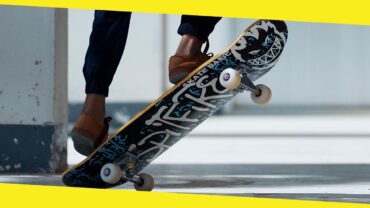Struggle Longboarding? Here Are Your Best 6 Tips!
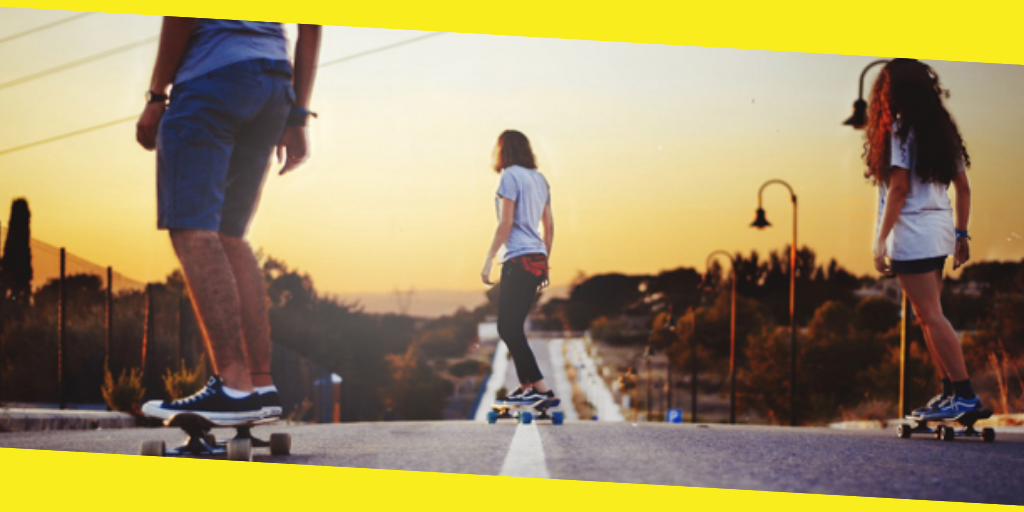
Longboarding game
We were troublesome when starting with the longboard game several years ago. We didn’t know what to do when it comes to choosing a longboard and have faced thousands of failures until now. And, we know you are in the same stage by now!
Therefore, we go to the decision of writing tips.
Those are concluded from what we have learned from famous blogs for longboarding, like beginner longboarding, Concrete Coast, and especially longboardbrand.com – the greatest source for getting know about longboarding so far!
We sure it will give a newbie like you a little push and confidence instep.
Let’s check it out!
Longboarding Tips #1: Know your board, learn your style.
Now that you are shopping for your new board. Let’s spare a second thinking about what you are going to do with it? Is this a leisure or a mean of transport? Do you find rolling around your neighborhood exciting? How about a weekend bashing at the skating park?
There are different choices of longboards that could answer ‘yes’ to all of your questions. Let’s dig in:
- Basic Commute – It’s always fun to explore the city with your longboard worry-free about traffics. Your worst nightmare is to wait for hours in your car, doing nothing but hoping to move an inch forward at peak-hour.
So, a longboard in this case totally beats the line. You can carry it around in your backpack, you can ride anywhere either on a narrow street or a tricky corner, and last but not least, it’s environment-friendly. Isn’t that just so cool?.
When you decide you are going to use your longboard as an everyday means of transport, make sure the design fits you well, unless you want to get your knees and leg strained after a long ride.
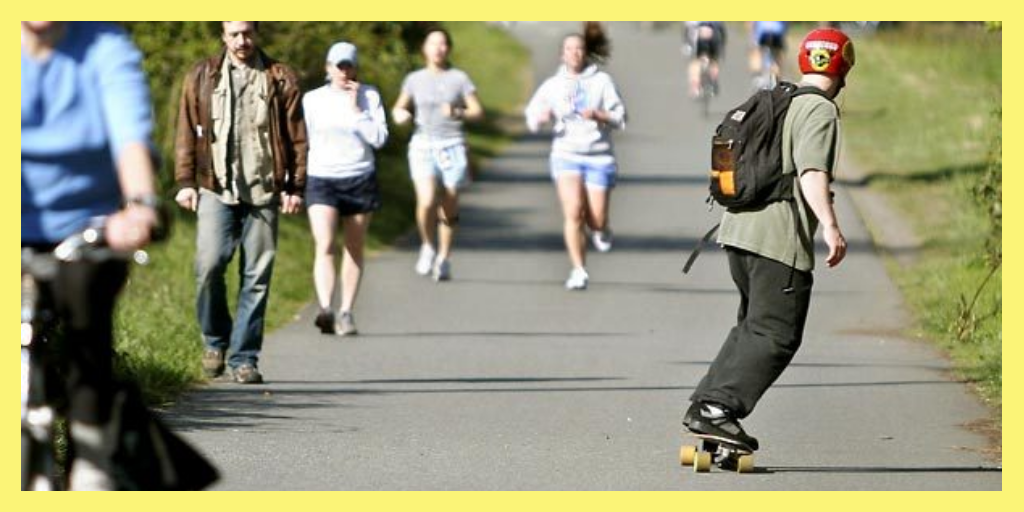
Longboarding in Commute
There are some specific longboards designed for daily commuters. You might want to look for a 35 to 40-inch long with kicktail board to ease the curbs. It really depends on you to choose how you want your board to be.
The variety is endless where you can go with a double-drop deck, an angled deck or a shorter wheelbase with soft bushing for better navigation.
- Cruising & Carving – This is, in fact, the very first techniques you are so dying to try when you got your new board. Learn to slide your way out on a sloped street or over somebody’s courtyard!
- Freeride/Downhill Riding – The name said it all. You are riding down a hill at crazily high speed while still managing your absolute control. Sound fast and furious yeah? It’s very fun, very tempting to try but yet very dangerous if you don’t do it right!
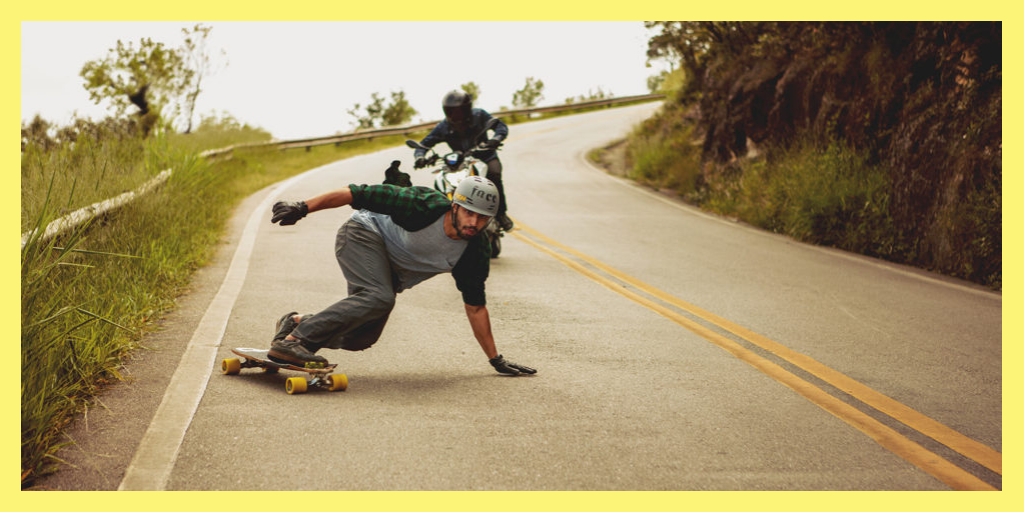
Downhill Boarding
The speed could reach to more than 60 mph and you’d better prepare yourself with power-slides, 100% focus and control. This discipline is recommended for pro-riders only, but you can always be one.
There are many races annually where riders can compete with each other to showcase their skills and speed control. It is very risky, however, the rider should stay cautious and wear safety gears at all time.
There is another style you can choose to be creative with or mix with other tricks. It’s freeride longboarding which can go downhill in style.
This is where amateur riders learn how to have fun and get to know their board better by switching sides, spinning or performing standing drifts. A 35 to 45-inch longboard with a 25-32 inch wheelbase is considered ideal in this discipline.
Some riders who often do downhill riding tends to choose maximum contact patches with 70 to 80mm big wheels, which are stiffer than for cruising style.
- Freestyle – You can already see lots of creativity in its name. This discipline sometimes called dancing on the board, includes a wide range of techniques and tricks that might challenge any new rider: cross steps, tiger claw, G-turns, or kickflips.
By doing this style, everyone can learn from each other and enjoy some great moments together. This discipline requires the responsiveness by a medium flex board of 20 to 28-inch wheelbase.
If you need extra room to manage your dance move, some longer wheelbase board might be more suitable. Longboards for freestyle riding are usually designed in symmetrical shape or double kickflips together with drop-through mounting.
These boards can be a real bargain since you can do other riding styles too.
Here is our best – rated guidance on choosing longboarding for beginner, a brilliant article on longboardbrand.com, take a look at it to see why we so adore it!.
Longboarding Tips #2: Try first before buying one!
So you just decided to try this skating sport last night. Before spending your money, we would recommend you to try riding an actual longboard. Why? It is important to feel your feet on the board.
If it’s just awkward and you are squirming on that board, you will probably waste your money. In contrast, if you feel good and get comfy on the board, it would be the right sport for you.
You can then start looking for your preferences such as either a pintail or symmetrical board, either you want to do cruising or commute daily. All and all, trust your first feeling before spending any penny.
Longboarding Tips #3: Which board is best for you – shortboard or longboard?
What are the differences between these two boards? They are both fun and equipped with a deck, wheels, and truck. However, if you don’t pay attention, you may be wasting your money by using the wrong board for wrong riding purpose. The shortboard is short and lighter but less stable than a longboard.
It is portable and trick-friendly while longboard is more stable in maintaining a consistent speed. For more details, please find the Difference Between Shortboard & Longboard.
Longboarding Tips #4: What is your right longboard and how to buy the parts?
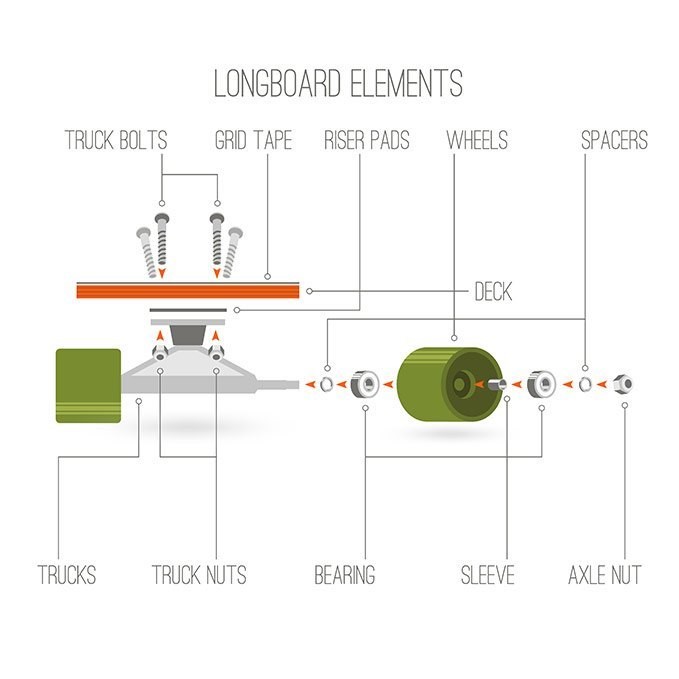
Boarding Elements
A complete longboard is highly recommended for beginners. Depending on your riding purpose, neighborhood, riding styles, you should consider carefully the feature of your board’s parts if they fit your requirements:
- Deck: You have to choose the right which is strong enough to carry your weight. Also, pay attention to the width to make sure you feel comfortable and stable as you ride.
You can find the summary of which features you should look at the deck:
- Daily commuting: kicktail, length of 28-40″, the width of 8.25″ and small wheelbase
- Cruising & Carving: flex construction with the length of 40-45″. The width of 8” and more with different shapes accepted: cruiser, bamboo, pintail, drop-through.
- Downhill & Freeride: Intermediate to long wheelbase with stiff construction Downhill: Either directional shape or concave. Freeride: kicktail with a symmetrical shape, drop-through mounting.
- Freestyle: wheelbase from 20 to 28”, medium flex with responsive deck. The longer wheelbase of 28 to 35″ fits for dancing. Double kicktail with drop-through mounting in symmetrical shape is ideal.
- Trucks: The wheels are held by the T-shaped metal pieces to the deck. Don’t forget to check the pieces before buying ones. The truck should be close to the width of the deck. Also, it’s crucial to check the height or the truck’s profile:
- High Truck Profile: this is perfect for cruising and carving riding, from 56mm or bigger wheels.
- Medium Truck Profile (advised for Beginners): Wheels from 53 to 56mm, considered as an all-rounder – suitable for everyone.
- Low Truck Profile: Small wheel from 50 to 53 mm. However, some riders use this with larger wheels to add more stability and friction – risers are recommended to prevent wheel bites.
- Wheels: Wheels come in different shapes, colors and sizes. But the following may need your attention since they affect your ride a lot.
- Diameter: this is very important because it affects the speed and stability. The measurement of wheels is in millimeters so pick the bigger ones.
- Durometer: There is a popular advice that is “the harder the wheels are, the better in rating”. However, the hardness will support your weight but the softness will give you more grip. So, balance it, don’t choose one over the other!
- Bearings: Again, bearing helps to hold the wheels tightly. The higher the ABEC rate it is, the better the quality it offers.
We recommend you to check out this article of “Best Longboards And List of A-Z Best Longboard Brands” on the website longboardbrand. They did cover all best brands of the longboard with their specific ABEC ratings included! Don’t miss that out.
- Risers: This is plastic hardware which aims to give space between wheels and deck and prevent wheel bites. It is compulsory for boards with the wheels which is equal to or larger than 1 ½”, 1 ¼”.
- Grip Tape: It covers the tip of the deck with a sandpaper-like texture. Higher grit will give higher performing tricks.
Longboarding Tips #5: Learn to Assemble a Longboard
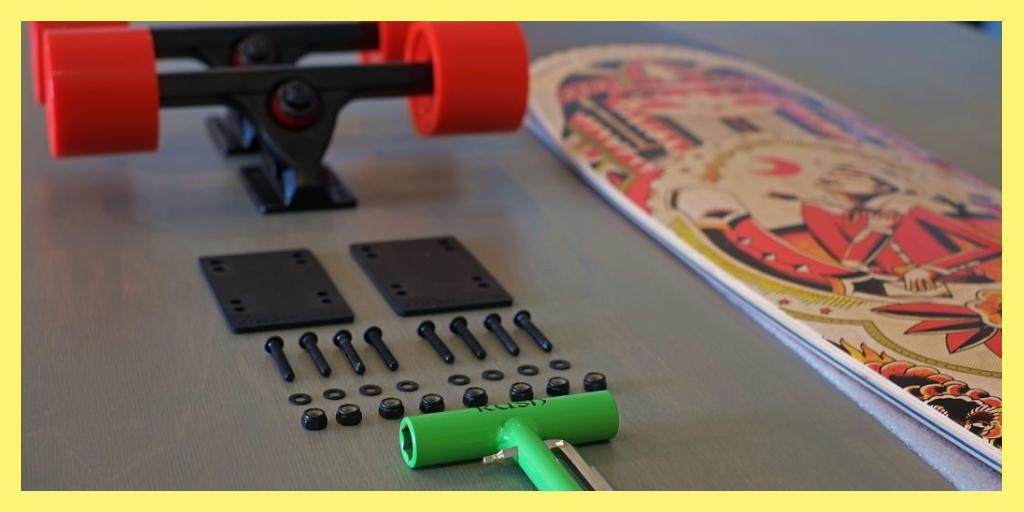
Assembling a longboard
We did go through all parts of the ride and learn to evaluate them. Then, we go to the last step to complete this longboard lesson, which is “how to assemble a longboard”. Don’t worry if you are newbies, this part starts with very basic knowledge and tips for starters.
The following is the basic of assembling a longboard. So, keep them in mind:
- Trucks come in a set of 8 screws and nuts, needed to fasten the baseplate.
- Wheels in a set of 4 and must be as similar as all piece of the set.
- Bearings come in a set of 8, each wheel needs a pair of bearing (four in a set).
- Other pieces of stuff: skate tool, adjustable wrench, and Phillips screwdriver.
#1 How to apply the Grip Tape
It is the very first assembling task, aimed to keeps your board stays stable. You may not need to grip your new deck, but surely you have to re-grip it later.
For that reason, learn to apply it is never a waste. You will need a box cutter (or razor blade) and rasping tools for edge cutting and grinding.
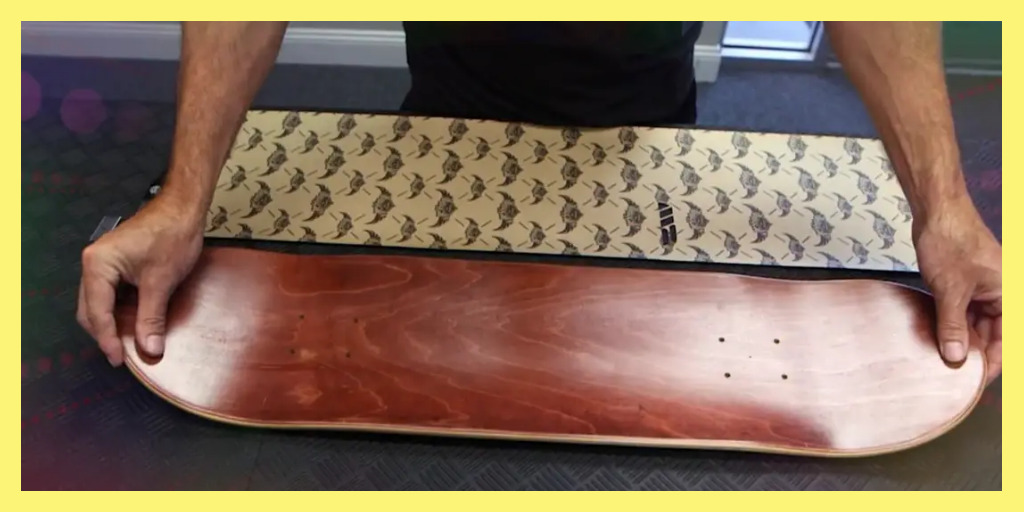
Apply the Grip Tape
Apply the Grip Tape
- Regripping: You must do it when your board grip tape wears out. In this part, you have only two tasks, (1) is unfastened the trucks (so the grip won’t cover all the under hardware) and (2) peel the old grip (a hair dryer handy and a razor will help you a lot in this task).
- Coating: Yes, you know what is the next step – place the new grip tape on the deck! Get a 2-inches covering the edge till the end. Got it right? Now we paste it!
- Pasting It: Stand a little tape on the end of deck first. Then, peel the rest little by little and lay it down along the decks, cover the entire width of the board (remember to have some extra inches at the end) and flatten it down gently till you reach to the other end.
- Grating the Edges: Use the grasping tool to grating the edges. However, in case it isn’t available, you can use the screwdriver’s rounded part to rub it down. This is a significant step which ensures your new grip won’t be peeled off easily.
- Trim It Down: Then, trimming down carefully along the white line with a box cutter (or razor blade). Take off the excess and rub the edges again with your screwdriver.
- Gripping a Drop: Finally, you need to remove the sheet, turn back the board (with the grip tape side facing to earth) and pole hole carefully with a screwdriver. Cut out the tape around the hole and turn it over to grasp the inside edges. Flip it again to trim for the final turn!
#2 How to mount the Trucks
Top Mounting Trucks
Poke the holes on deck from the bottom and out the screws in from the top. Turn the board over and slip the truck through the base plate (needed 1 or 1.5-inches screw, depending on the construction).
But the risers (if you have) between the deck and base plate. Place standard kingpin truck on a way it faces with the bushing towards (or outward if your truck is RKP type) the deck middle. Fasten and secure the nuts nicely!
Drop-Through Mounting Trucks
First, remove the kingpin nuts (includes the top busing and its washer as well) and reposition the base plate above the deck (in a position that allows the screws to go through the holes and base plate). The kingpin and bushing must be facing toward the deck ends. Put and secure the nuts to the screws.
Fasten the hanger, busing and top bushing washer, ensure the bottom bushing on the right condition and maintain all parts as their given order (baseplate – top bushing washer – top busing – hanger – bottom bushing and bottom bushing washer) and held with the kingpin nut.
Tighten the nut hard enough secure all subject on the right place, but not too much to prevent your performance from stable sliding!
#3 How to fixing the Wheels & Bearings
Are you ready? We are moving to the toughest part of assembling a longboard.
To fixing the wheel and bearings, you must place the bearings into the wheel holes. Turn upside and take out the speed ring and axle nuts. Slowly put one bearing (and a bearing spacer) on the axle.
Slide the wheels with outer lips and apply pressure to lock the bearing spacer in right place. Now place back the speed ring on the axle nuts and fix it. Tight the wheel nicely (without bearing spacer, you won’t need to tighten so much as it will prevent wheels to spin).
Leave a gap to allow wheels to move sideways. Make sure all parts (screws, nuts, and others are in the right order) before hitting the ground.
Bravo, you have done all the setting up!
Longboarding Tips #6: Getting Comfortable and Confident!
Longboarding is not an easy game, it is listed as an extreme sport. You will play with high speed, crashing down the hill and sharply turns back right in front of a coming truck.
So, don’t be hurry, take your time and practice. No one is able to master longboarding in a day. Moreover, only one impulsive injury can make you feel regret to the rest of life!
It is absolutely okay if it takes you months or years to get comfortable on the longboard.
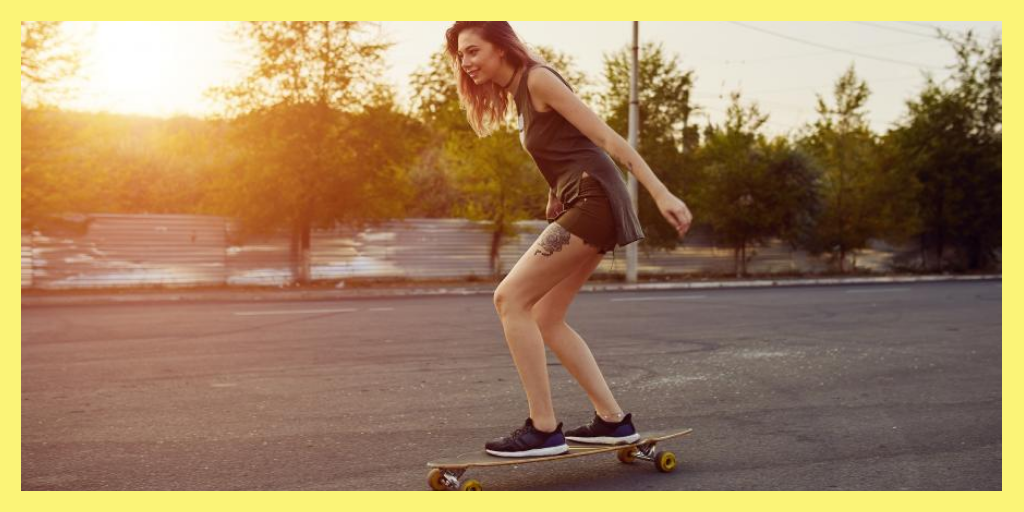
Longboarding is a great game to enjoy
There are tons of instruction videos on Youtube and you have a plenty of time to practice to win over the control and balance of the boards. Ride as much as you can because patience is the cleverest way to master the board. The hurry ones often end up in a hospital bed instead!
You also can check out a long list of guidelines and tips for boarding in the website longboardbrand. We highly recommend you to read all the article on the website, they are brilliant writings, teach you all about the boarding lessons from scratch.
The last tips we want to share with you guys is to be confident.
Your good longboard will help you boarding greatly, but only your attitude can ensure you stand straight on the board! Be relaxed, patient and positive. Don’t rush out of the flow and don’t be possessed by the difficult styles or shapes.
Boarding freely on the way that you feel most confident is more important. Remember, you start boarding for fun, not to getting anxious about. Just flaunt it with a smile and do boarding on your own way!
To conclude all our longboarding tips,
For technical things, we suggest you go for a longer wheelbase with softer wheels. Find your right way of stance and slowly (and patiently) start boarding.
For mental things, our personal advice is getting comfortable come first, tricks and tips come later. Longboarding is your choice of entertainment, it is all your, so be patient and stay confidently!
Hope you will enjoy it!
Recommended For You
What Is The Best Age For A Skateboard?
Most Inside
Most Inside offers high-quality recommendations and valuable updates to enhance all aspects of your life, providing premium guidance and enriching experiences.

